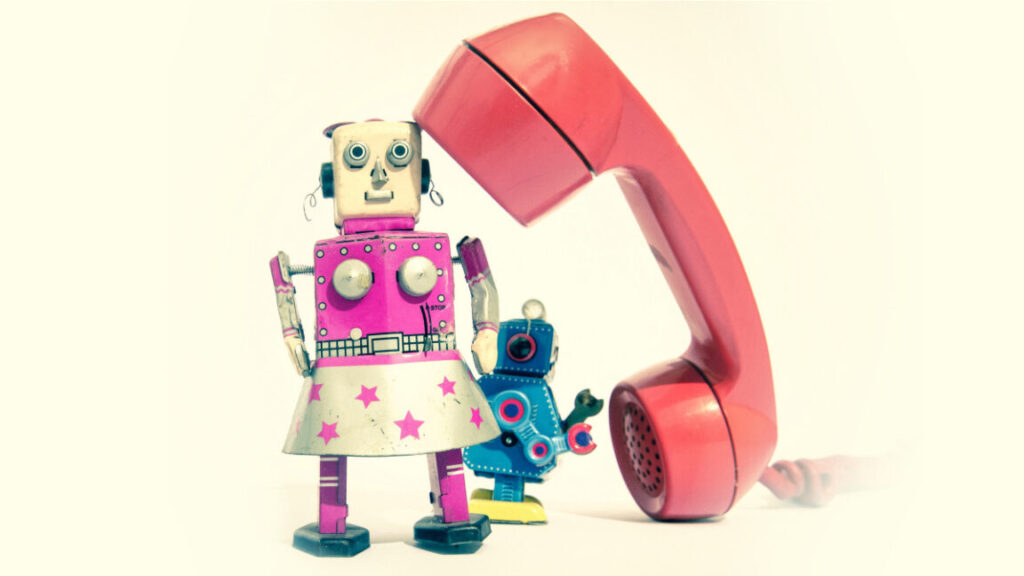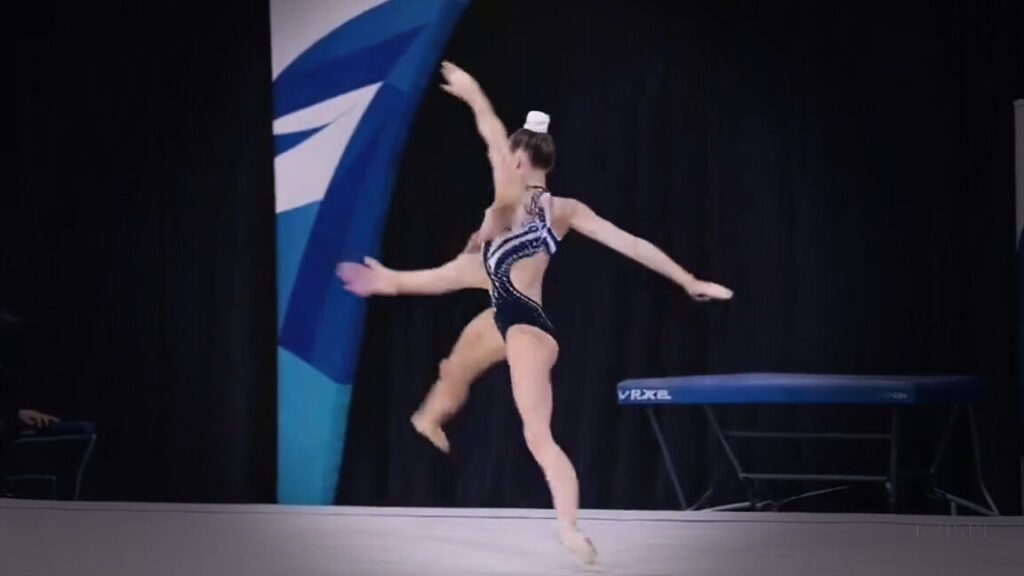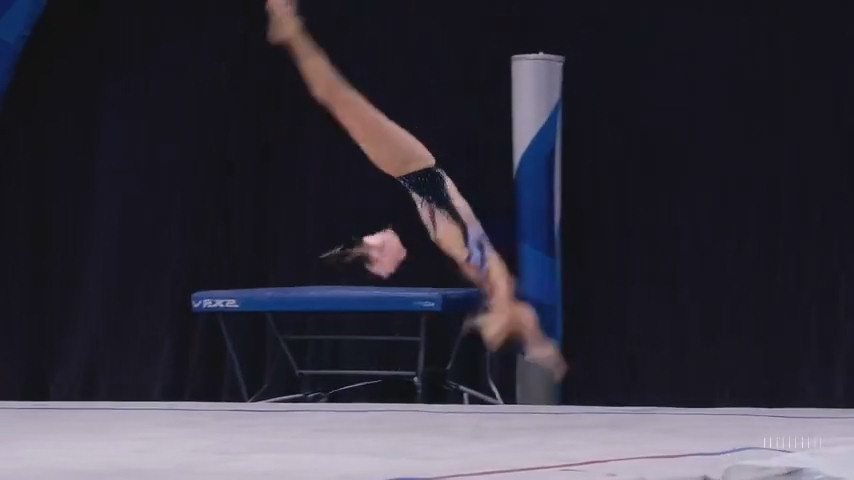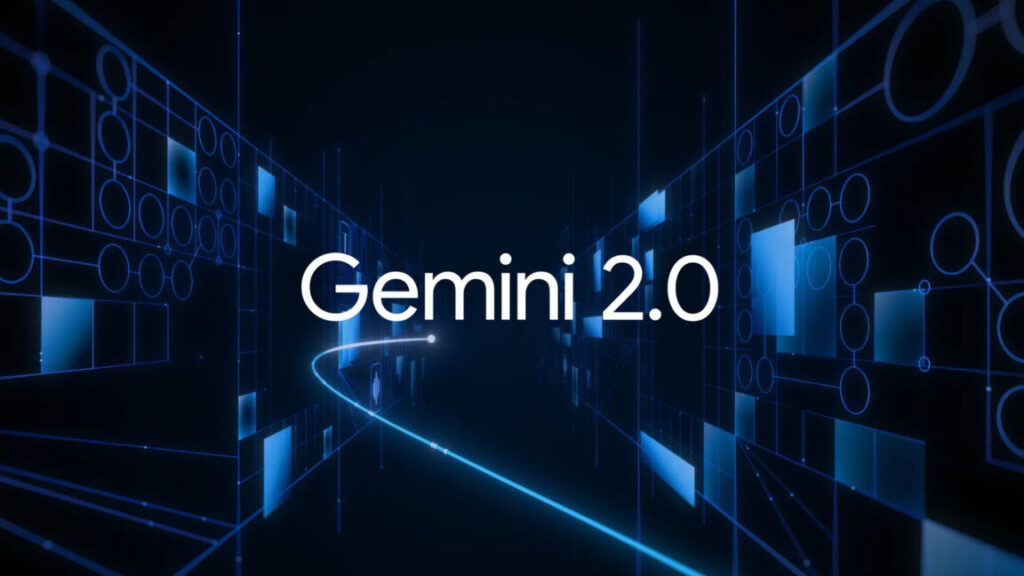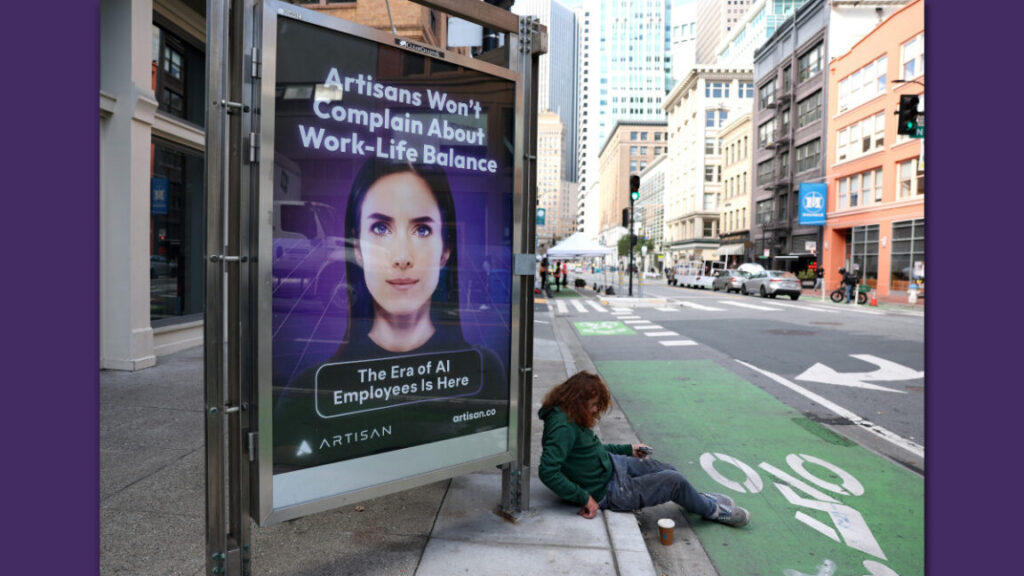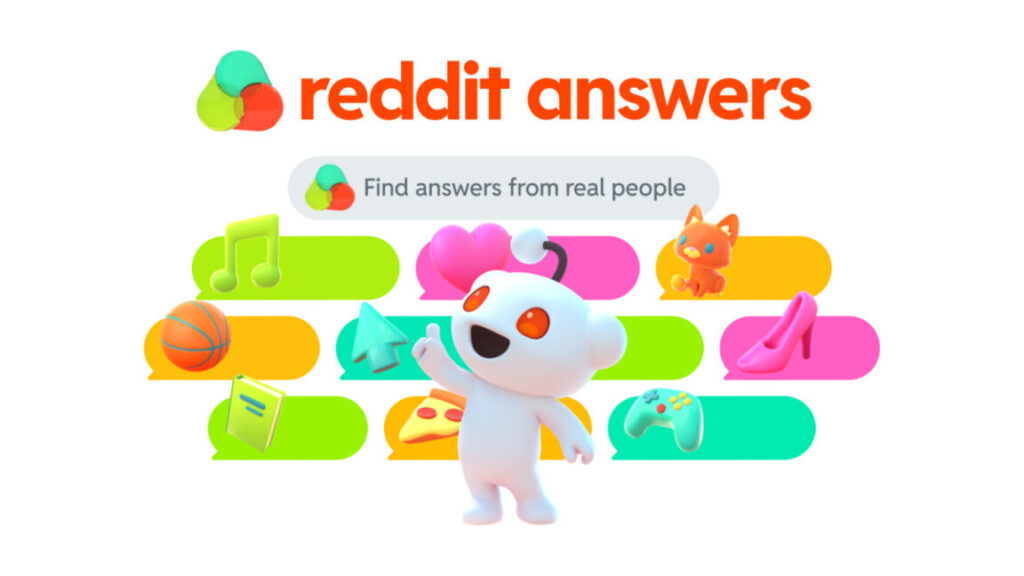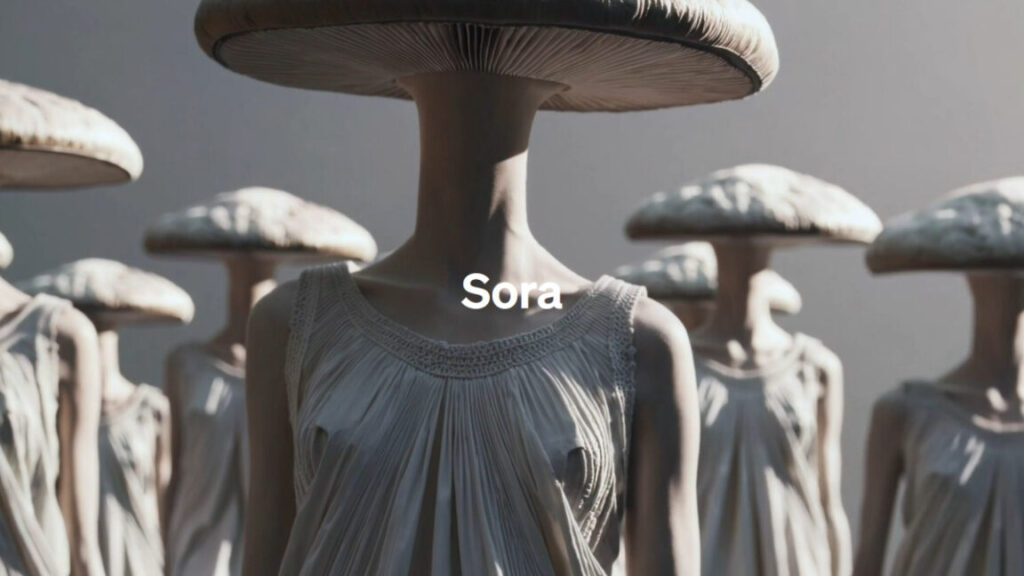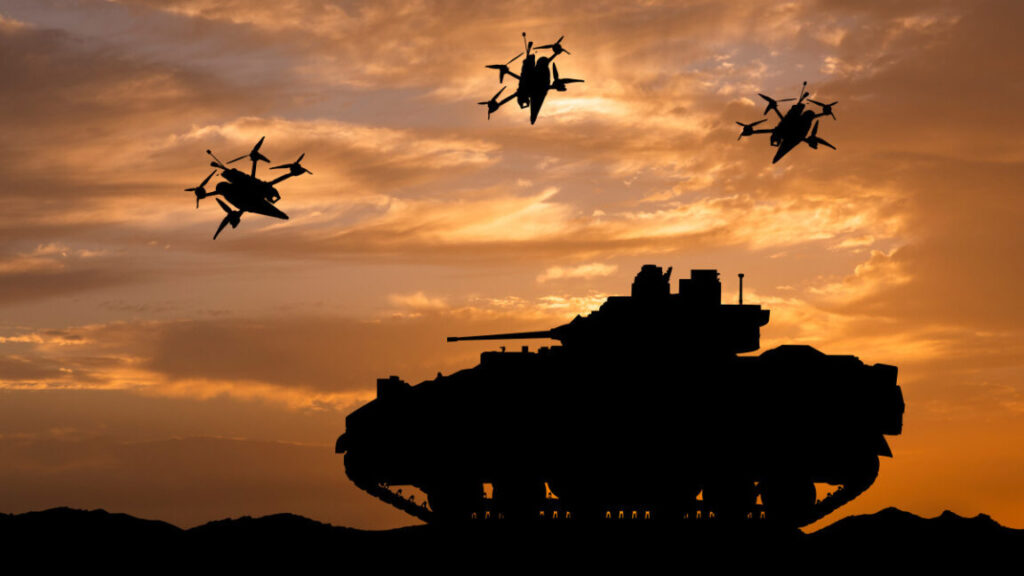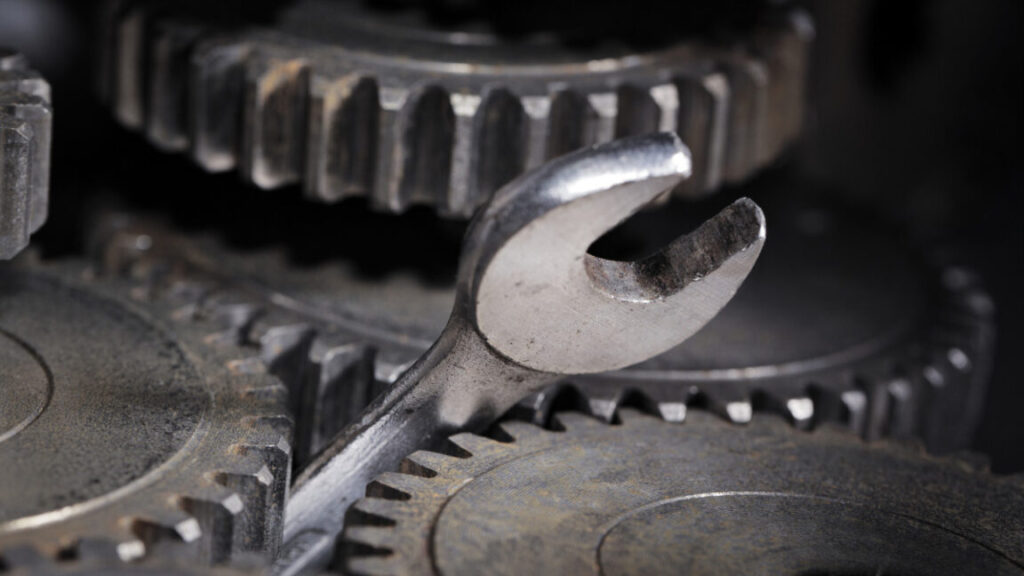Call ChatGPT from any phone with OpenAI’s new 1-800 voice service
On Wednesday, OpenAI launched a 1-800-CHATGPT (1-800-242-8478) telephone number that anyone in the US can call to talk to ChatGPT via voice chat for up to 15 minutes for free. The company also says that people outside the US can send text messages to the same number for free using WhatsApp.
Upon calling, users hear a voice say, “Hello again, it’s ChatGPT, an AI assistant. Our conversation may be reviewed for safety. How can I help you?” Callers can ask ChatGPT anything they would normally ask the AI assistant and have a live, interactive conversation.
During a livestream demo of “Calling with ChatGPT” during Day 10 of “12 Days of OpenAI,” OpenAI employees demonstrated several examples of the telephone-based voice chat in action, asking ChatGPT to identify a distinctive house in California and for help in translating a message into Spanish for a friend. For fun, they showed calls from an iPhone, a flip phone, and a vintage rotary phone.

OpenAI developers demonstrate calling 1-800-CHATGPT during a livestream on December 18, 2024. Credit: OpenAI
OpenAI says the new features came out of an internal OpenAI “hack week” project that a team built just a few weeks ago. The company says its goal is to make ChatGPT more accessible if someone does not have a smartphone or a computer handy.
During the livestream, an OpenAI employee mentioned that 15 minutes of voice chatting are free and that you can download the app and create an account to get more. While the audio chat version seems to be running a full version of GPT-4o on the back end, a developer during the livestream said the free WhatsApp text mode is using GPT-4o mini.
Call ChatGPT from any phone with OpenAI’s new 1-800 voice service Read More »
